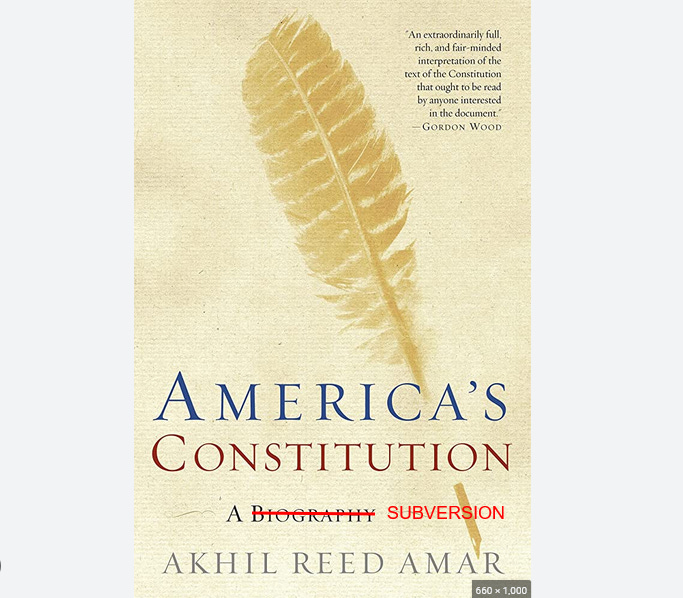The Theory and Meaning of America, Part 4
From our last installment in this series, we understand that the sitting United States confederation congress, which operated under the authority of the Articles of Confederation and Perpetual Union, ratified in 1781, unquestionably possessed the authority to change or amend its terms, in whole or in part, but only as long as those terms were adhered in the process. We further understand that in order to affect such a change in terms, in whole, the attendees of the constitutional convention of 1787 submitted the product of their deliberations, a newly proposed Supreme Law of the Land, the Constitution. And thus we know that any such change, from one agreed supreme law, to the next, had to be proposed and agreed according to the terms of the supreme law at the time, the Articles of Confederation and Perpetual Union. That only makes sense. That is because until the new law of the land might become ratified, the old law would remain in effect. And because the AoC was a binding contract among all the thirteen states, there was no authority which could be used to override its terms. The confederation congress had to adhere to its terms, or a breach of that contract would occur, the outcome of which would have caused the demise and downfall of their fledgling nation.
But did a breach occur? Some constitutional scholars say that one did, and perhaps on purpose. One such scholar is Yale University Law Professor, Dr. Akhil Reed Amar, author of the book, America's Constitution: A Biography. In his biography of the Constitution, Amar submits that the intent behind the terms of the Constitution, was to completely replace the nation known as the United States of America, as it might have been under the Articles of Confederation and Declaration of Independence, with an entirely 'new' nation, one which would possess no political or authoritative ties to that previous, but afterward extinct, organization. On page 27 Dr. Amar writes:
...so the phrase, "United States," in the Constitution meant something different and much stronger than did the same syllables in the earlier document. It is only a happy coincidence that the same thirteen "United States" from the Declaration and the Articles became the first thirteen "United States" in the Constitution...Thus the preamble spoke precisely of its new purpose to "form" a new--more perfect--union rather than simply "continue" or "improve" the old union.
And on page 33, Dr. Amar writes:
...so now a new United States Constitution--the new supreme law of the land--would shape a new continental nation whose sovereign would be a truly continental people.
So according to Dr. Amar, a man whom many of his peers recognize 'among the 20 top contemporary US legal thinkers,' the Declaration of Independence was a revolutionary document for a now extinct nation. His subversion of the truth is what is increasingly being taught as American constitutional law. According to Dr. Amar, there is no sovereign authority under the Constitution which derives from the Declaration of Independence, one result plainly being that, instead of God's sovereignty over the United States, the sovereign is a 'truly continental people.'
Next time we will delve further into Dr. Amar's subversive thinking, and begin to unravel its pitfalls.
Stay tuned...don't change that channel.
Hank




